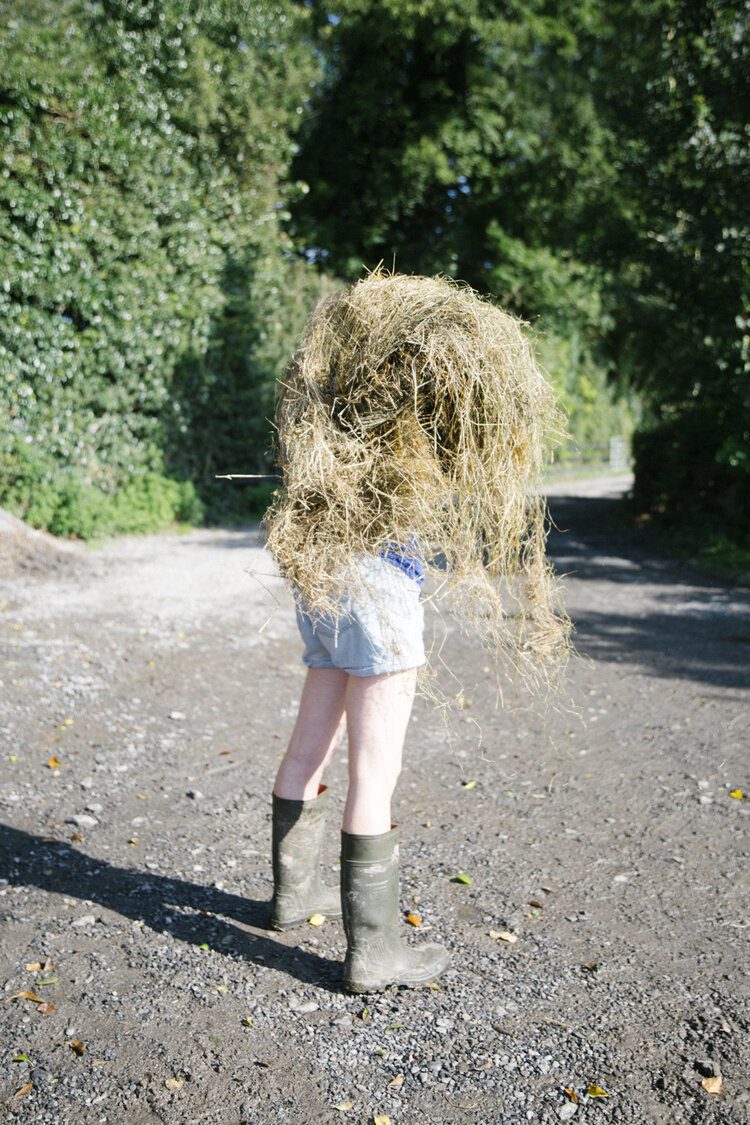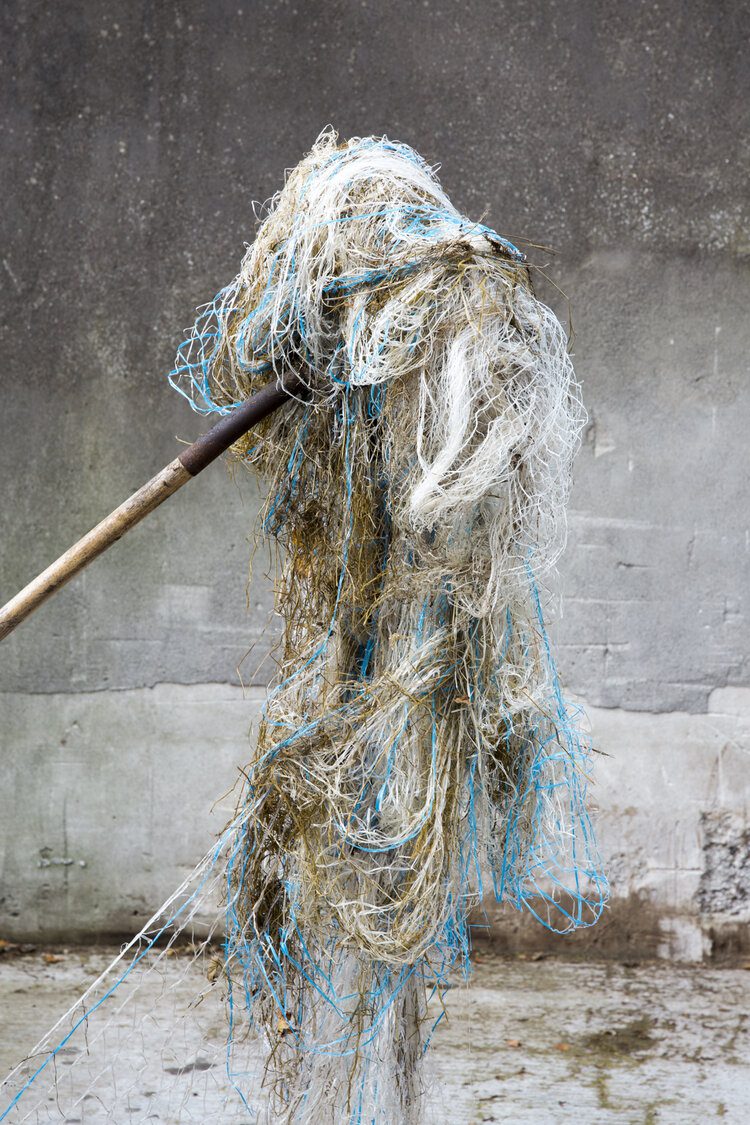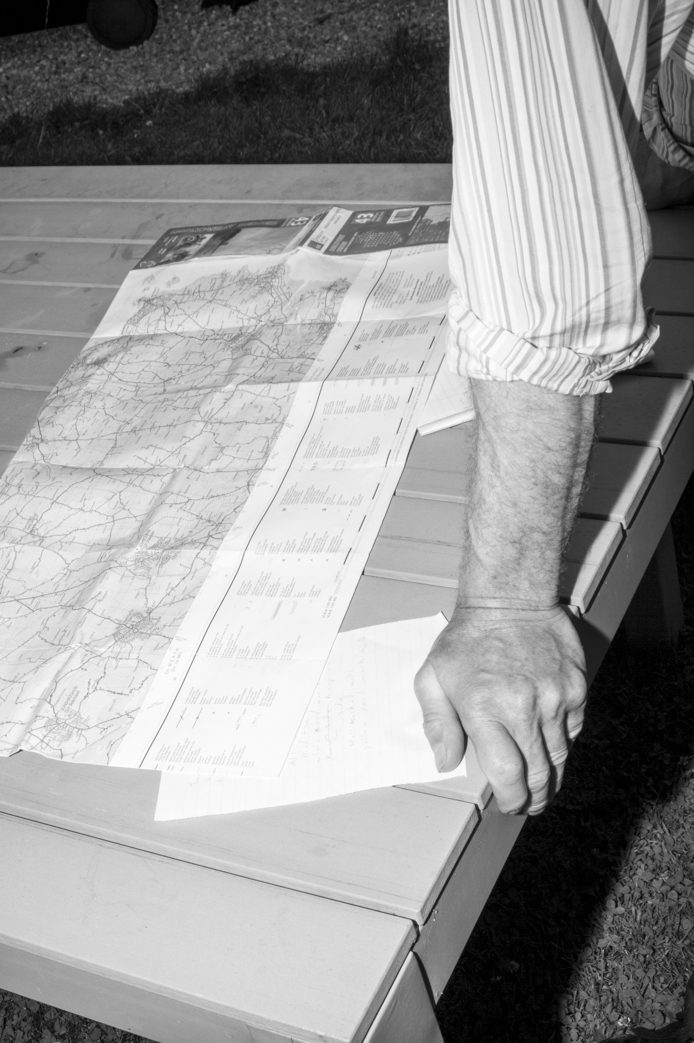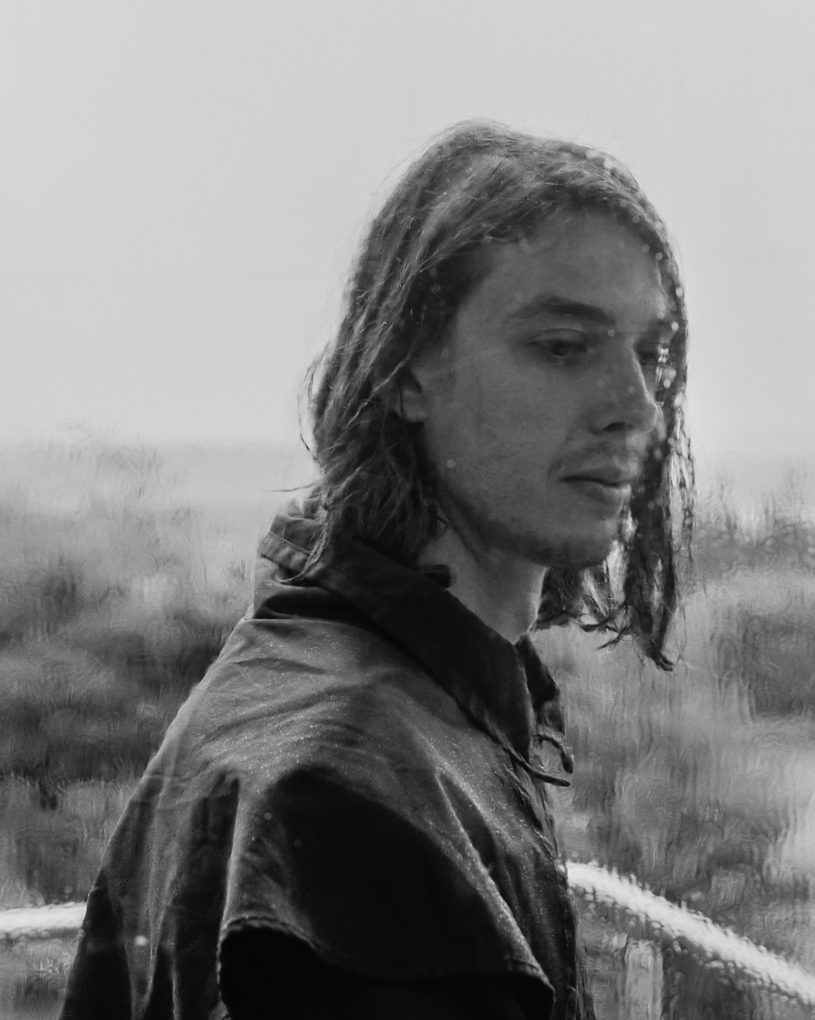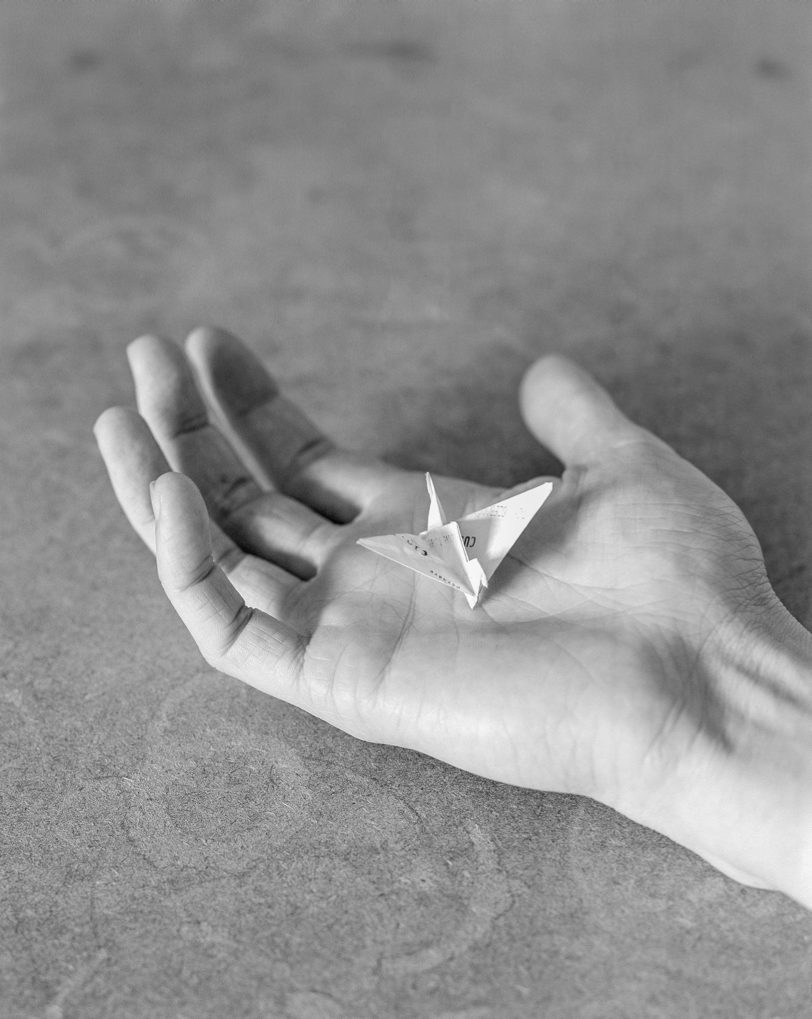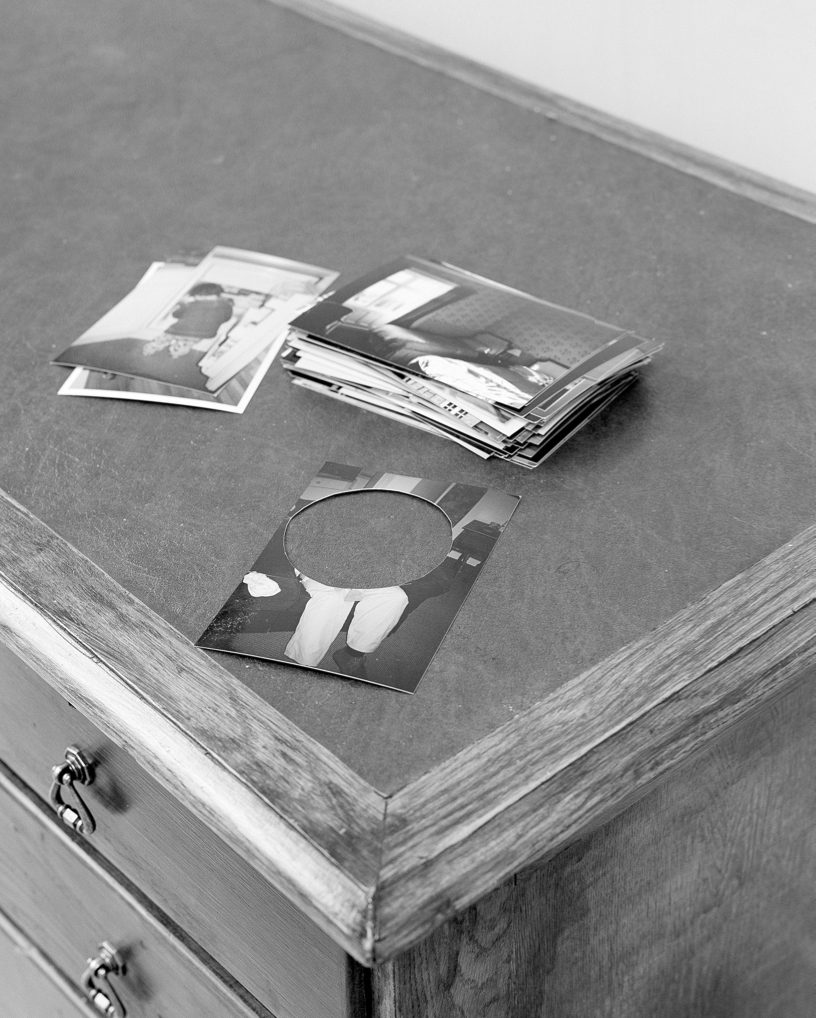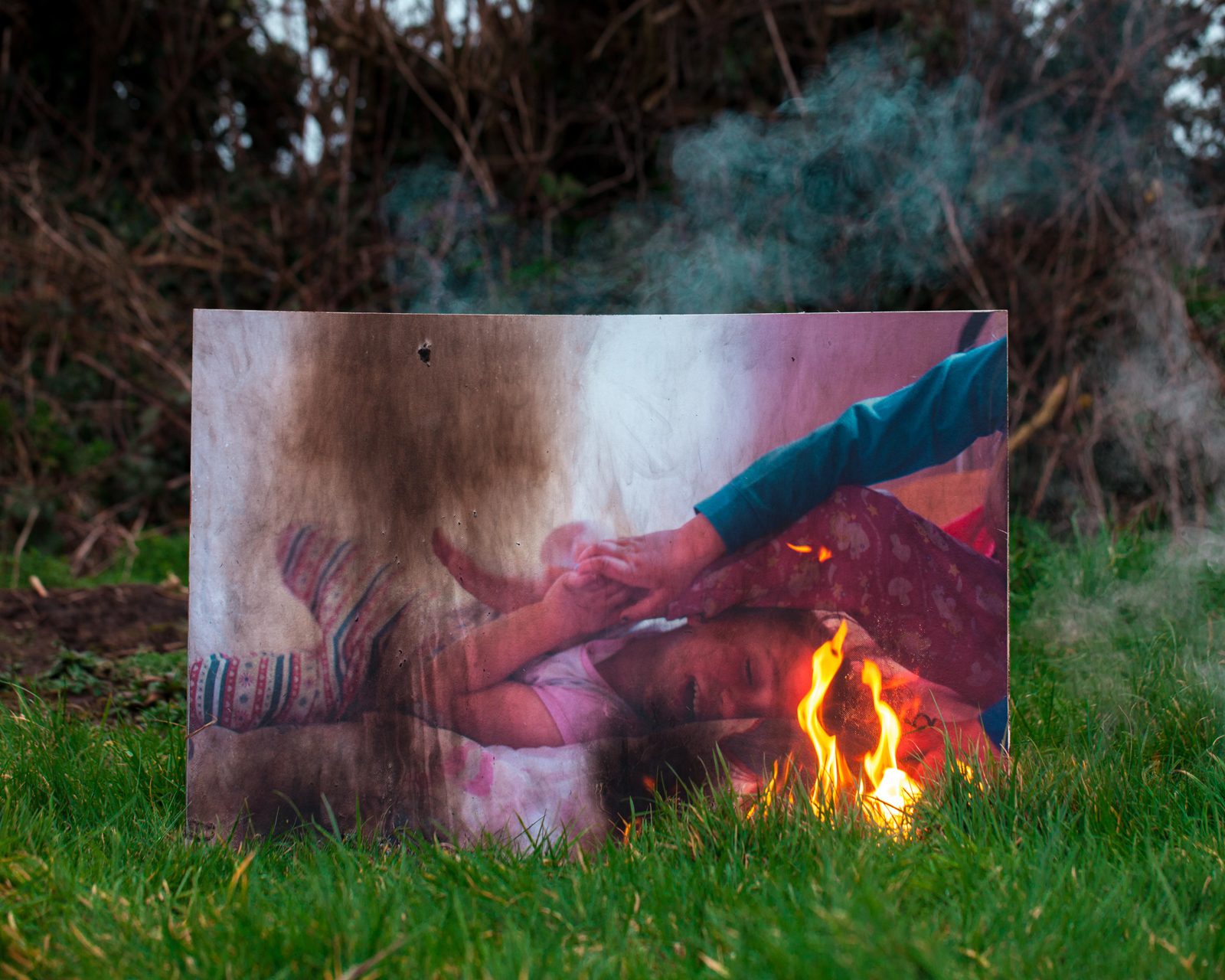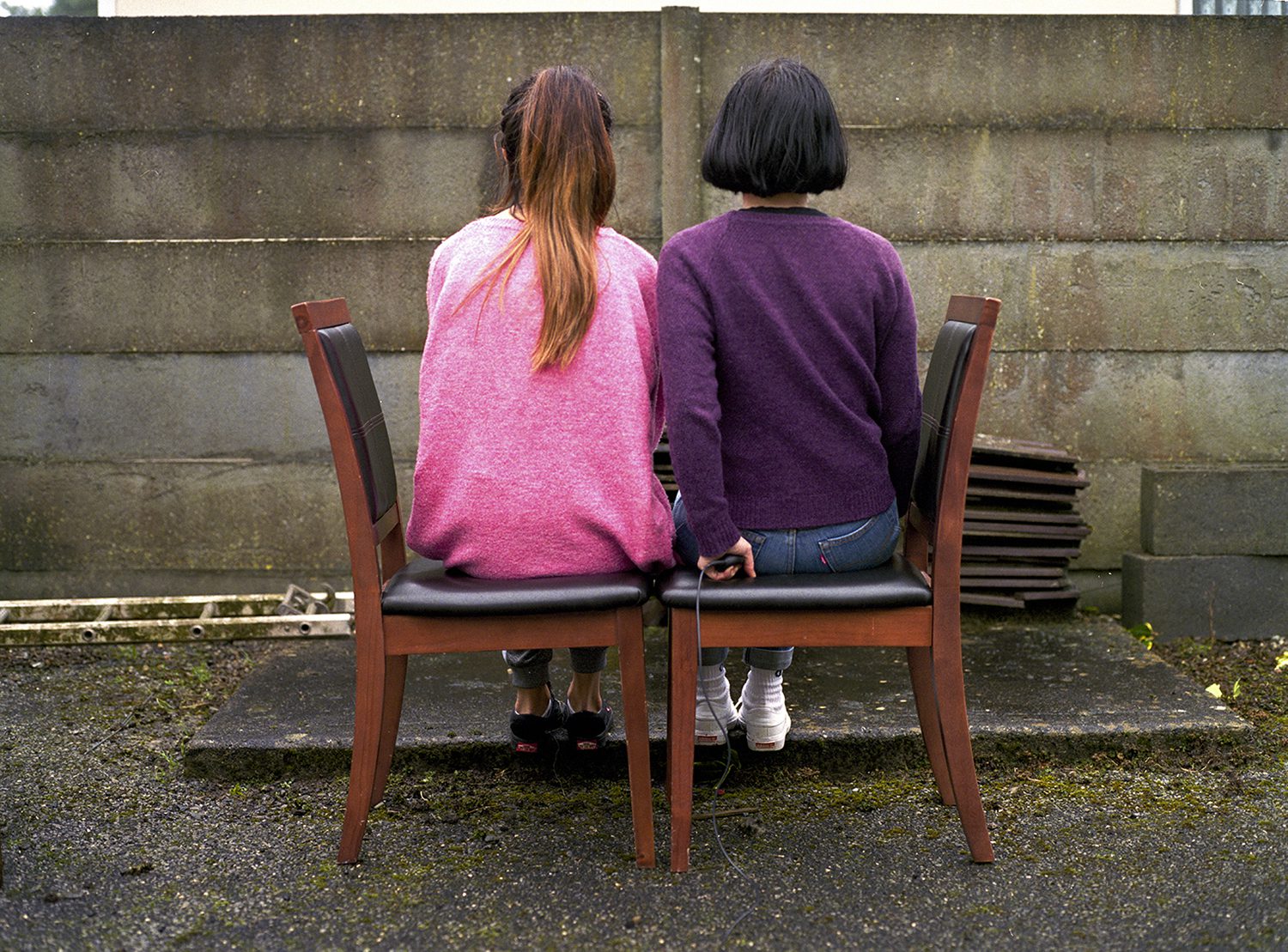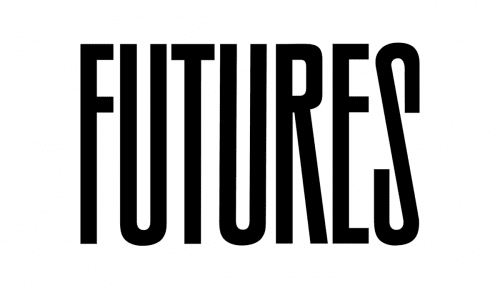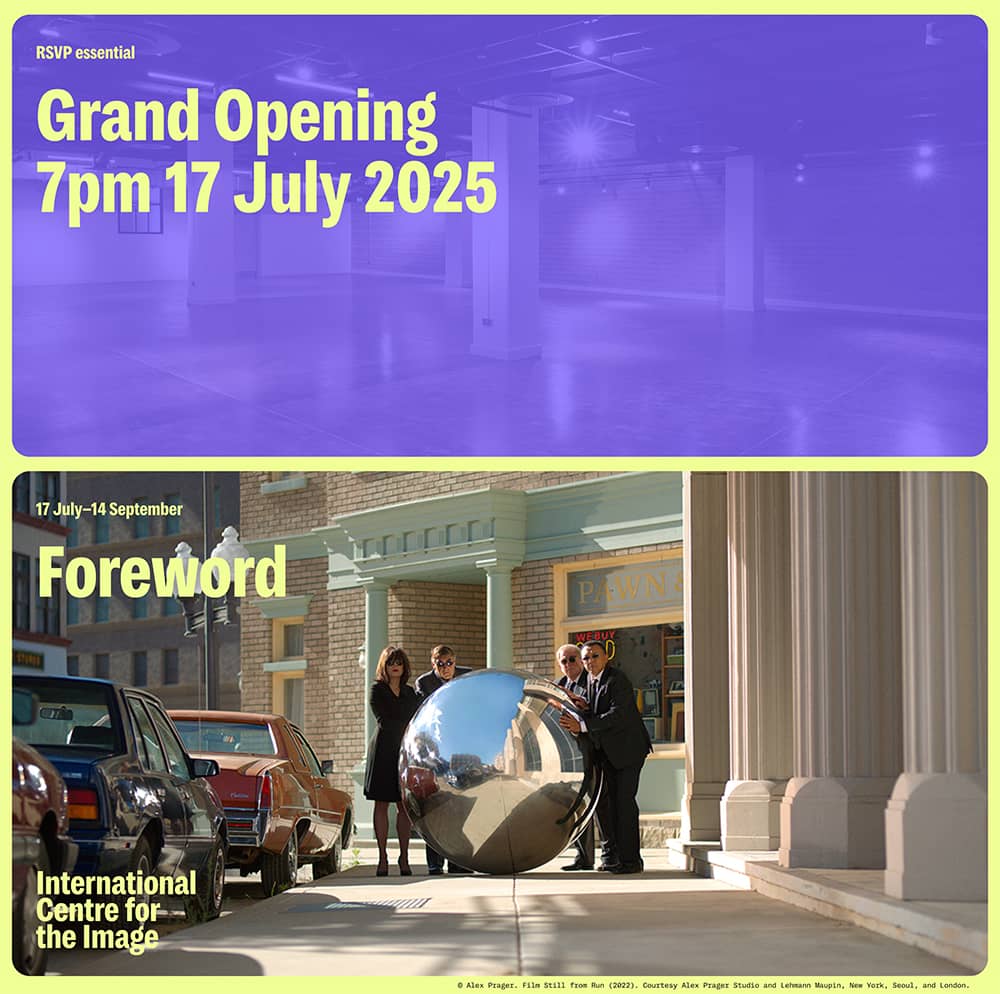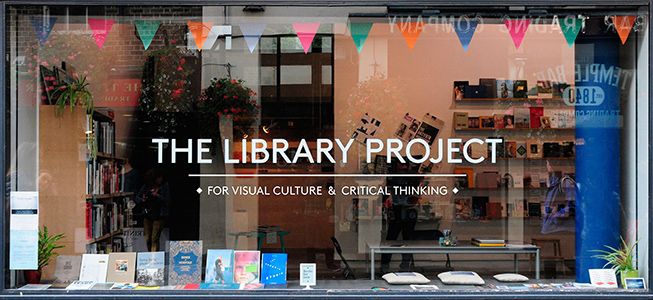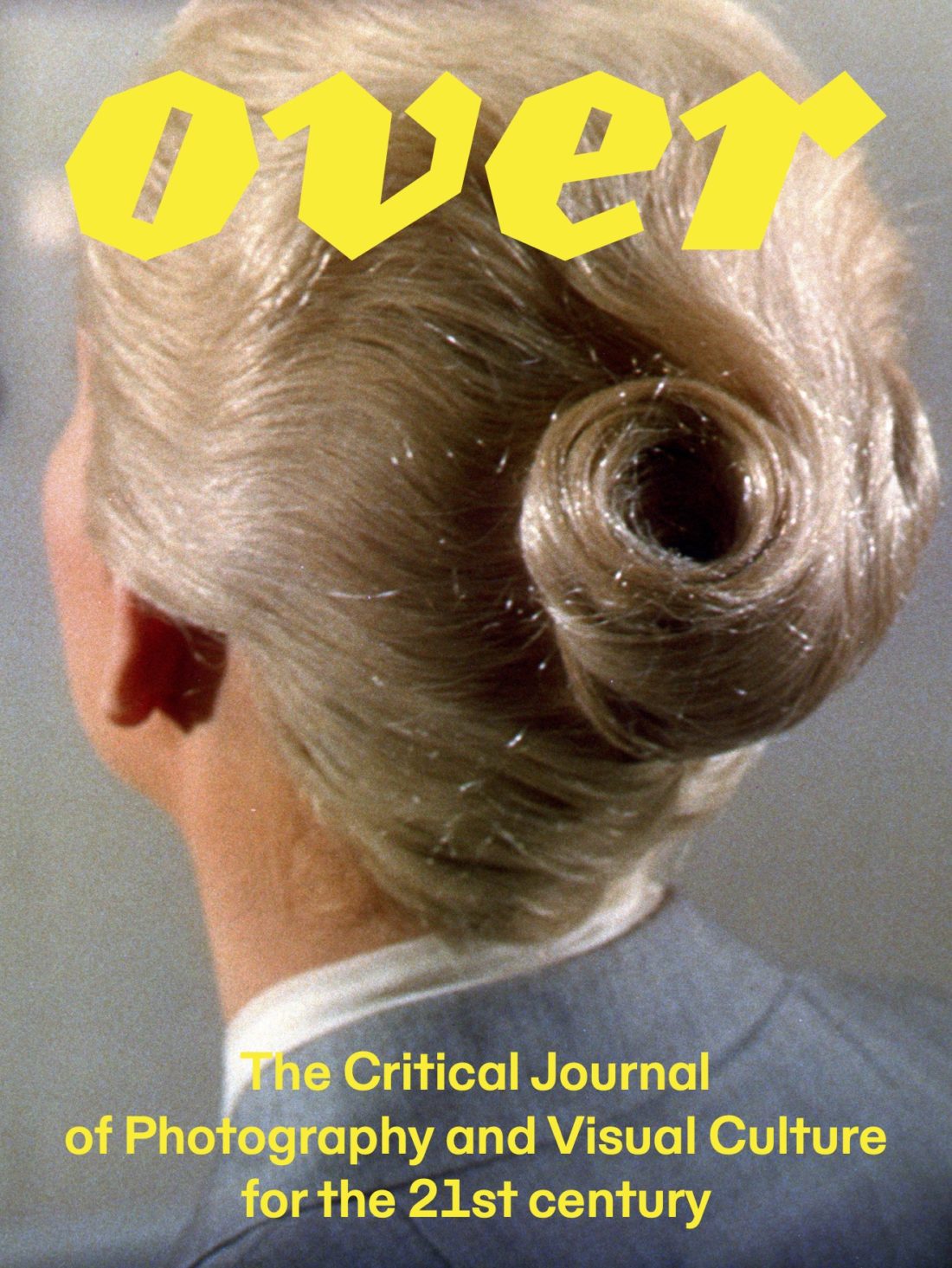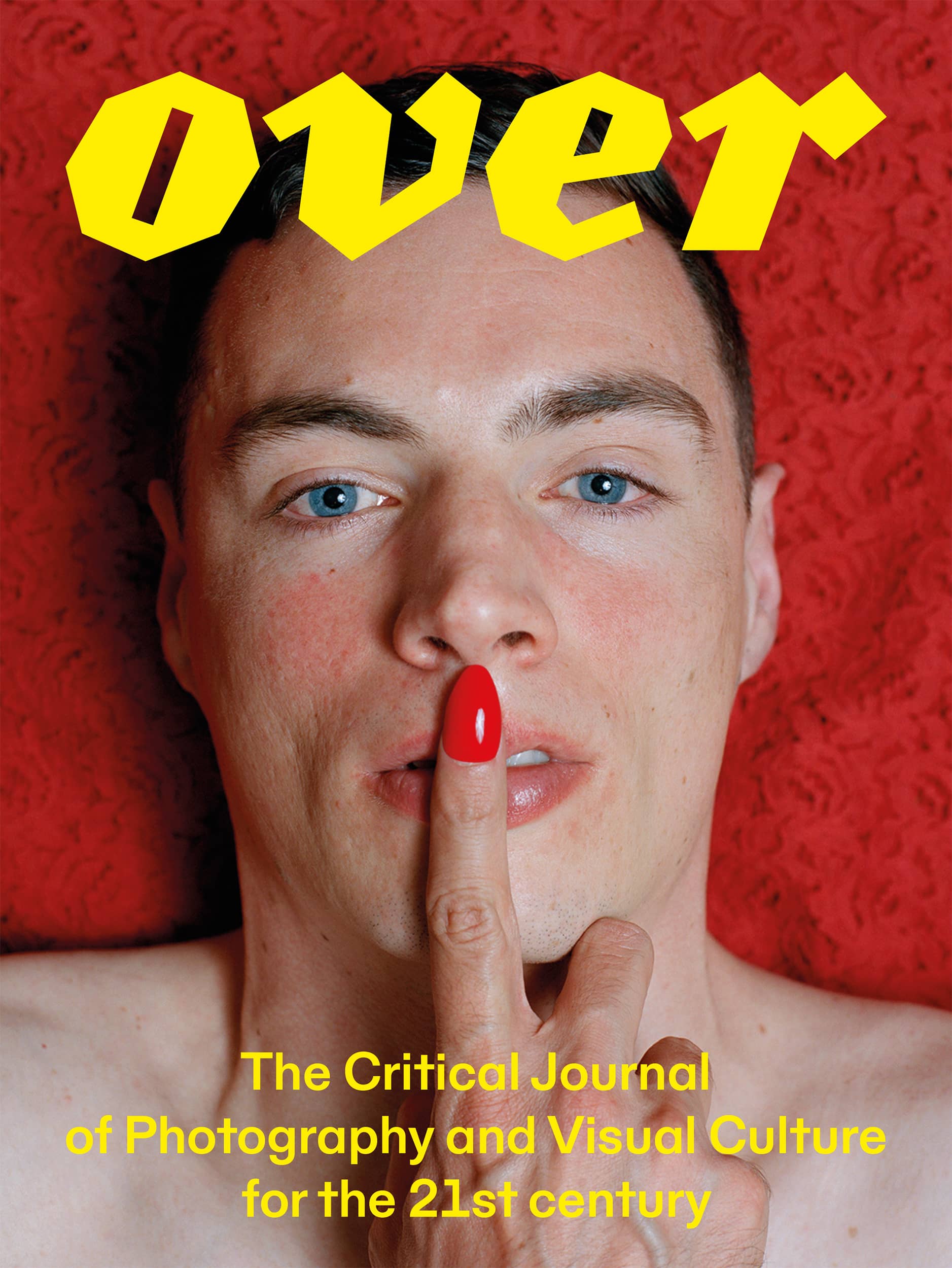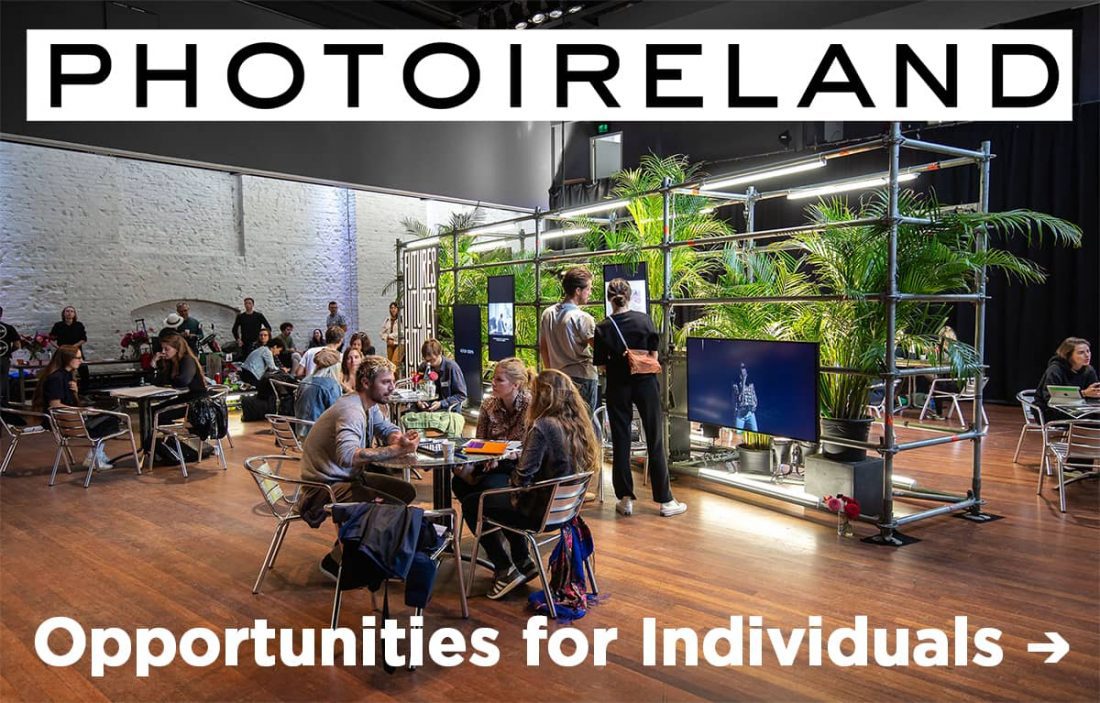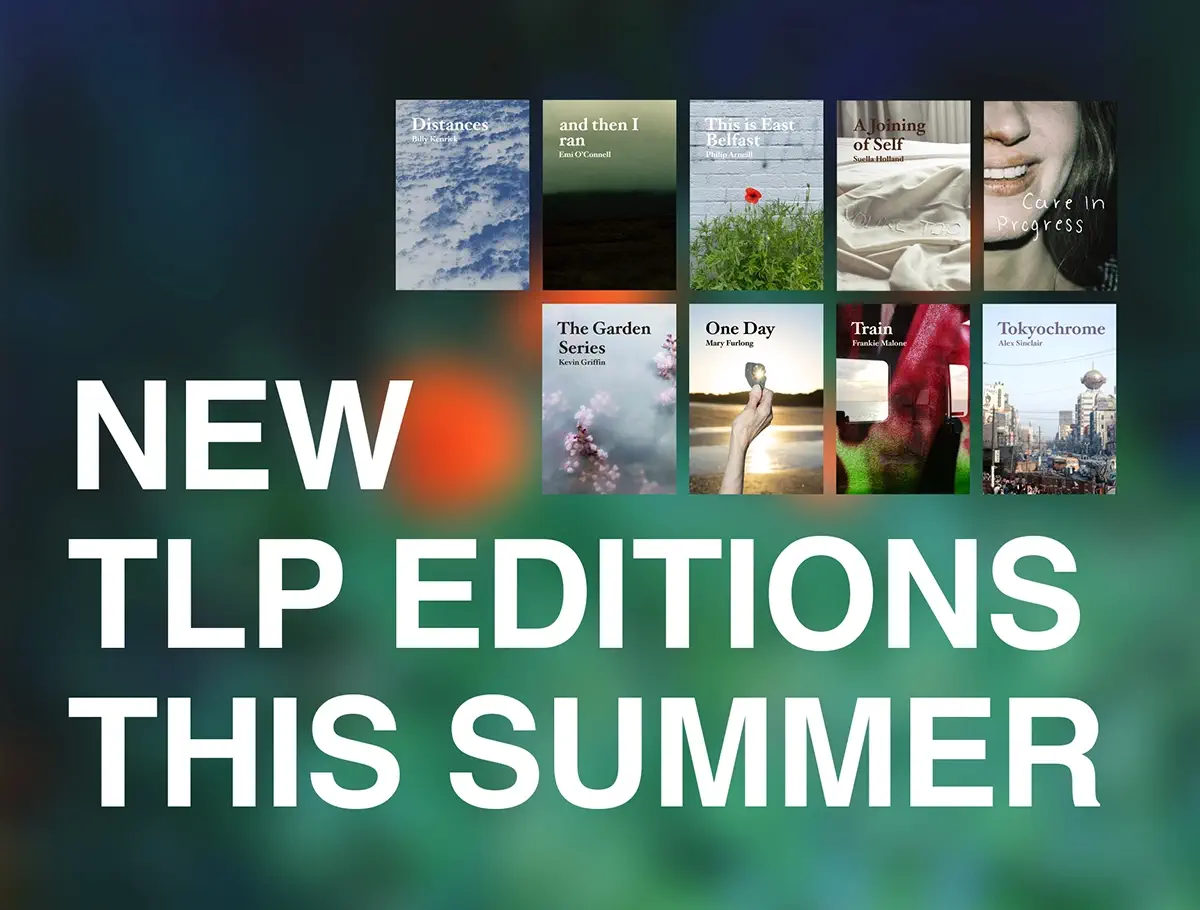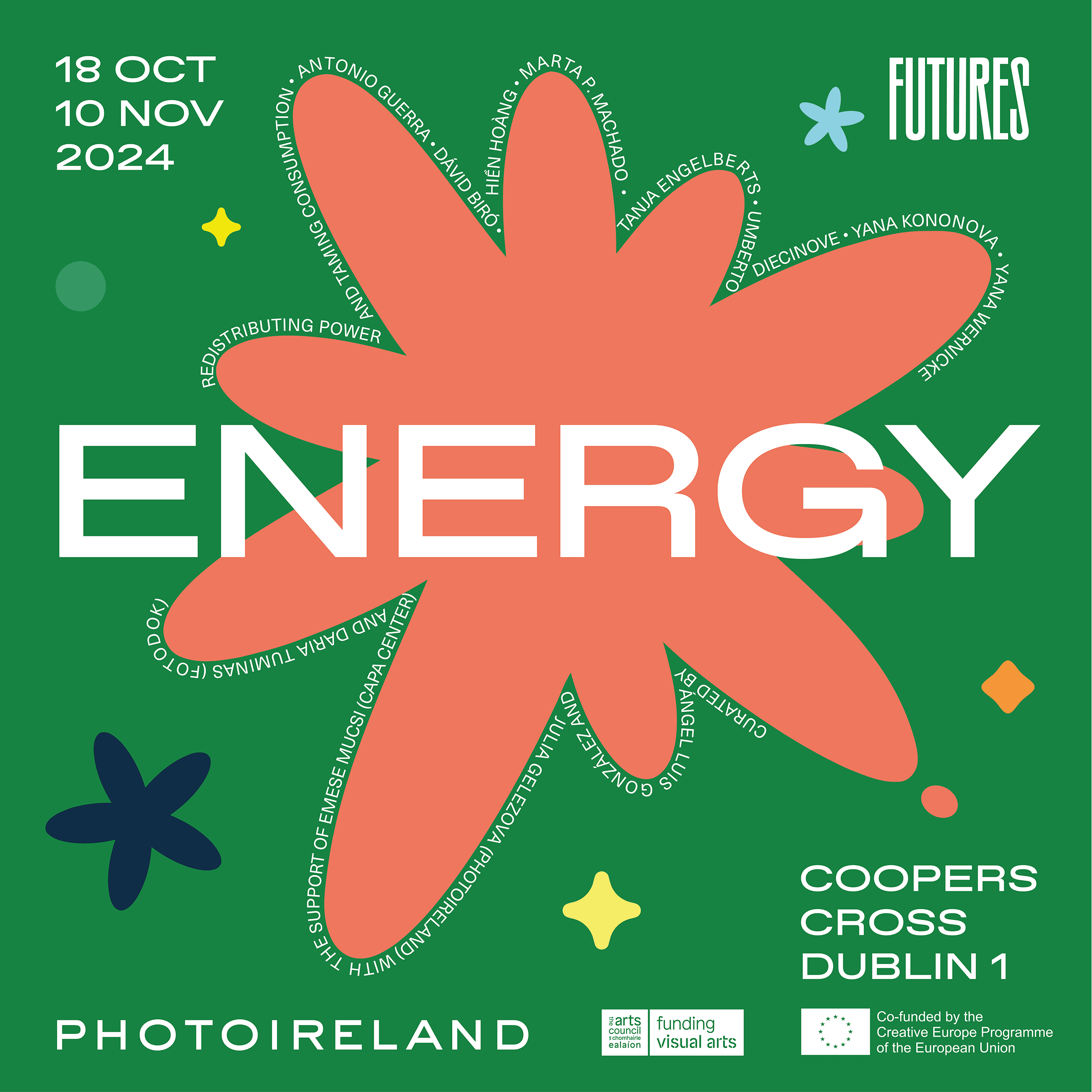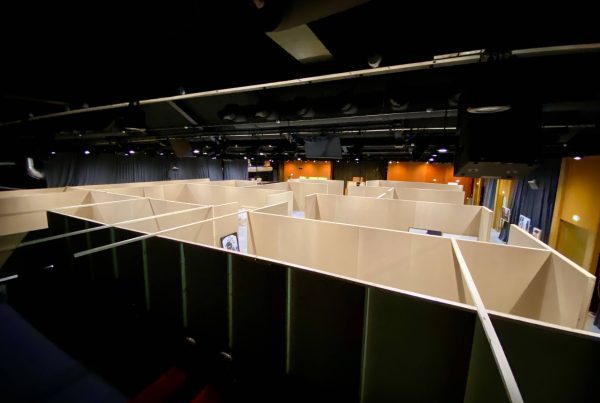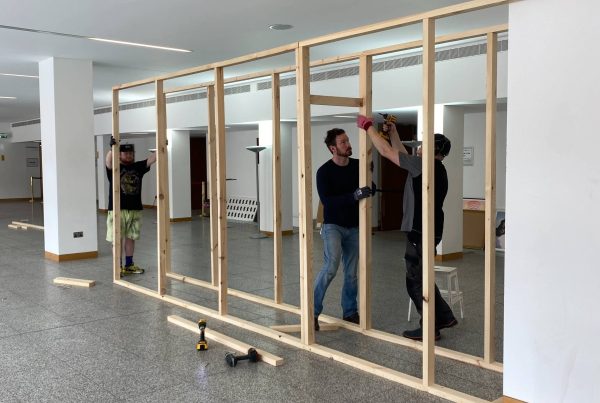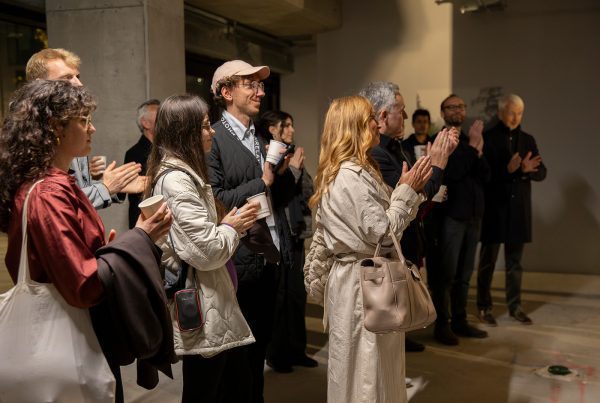
Running 3-25 October
At The Library Project
This October, discover the most recent work from five contemporary Irish photographers at The Library Project: Becks Butler, Garry Loughlin, Mark McGuinness, Shia Conlon, and Vera Ryklova. These five Irish artists were selected to join the FUTURES platform in 2020 to represent Ireland.
“Each year, we look forward to discovering what artists PhotoIreland presents to the Futures platform, they are always exciting, relevant, diverse, a great representation of Irish contemporary photography, and deserve a bigger audience.”-Menno Liauw, Founder, Futures Photography
About the Artists
Becks Butler, Loopies Field
Loopies Field investigates a modern image of agriculture in Ireland through the performance of labour, capturing individuals as they perform themselves in familiar environments. Technology has somewhat changed the conditions of being a farmer in Ireland today. Having had a career in agriculture, Becks is returning to the industry to explore agri economies’ effect on farm size, social living and attitudes as we face a future of diversification. By incorporating contemporary practices and traditional photographic techniques, this photographic series explores its themes through studies of architecture, labourers and a new mechanised industry.
Garry Loughlin, The Clearing House
In September 1983, a Russian diplomat by the name of Victor Lipassov and his wife Evdokia were expelled from Ireland. Lipassov was working in the Russian Embassy in Dublin, and it was believed that he was involved in activities deemed unacceptable for a diplomat working in a guest country. Very little information was released in regards to what such activities entailed, but this did not stop the speculation from political parties and the media.
The Lipassovs’ expulsion led to the unearthing of a somewhat hidden truth. It revealed the presence of a border cutting through four counties in the Republic of Ireland. This border, unknown to the general public, marked a 25km radius of which Soviet diplomats could not travel outside without requesting permission from the Irish authorities. This travel restriction had been imposed at the request of the British government, as they feared that the presence of Soviet officials in Ireland would be a threat to their national security. Ireland being considered a neutral country meant there was a low level of surveillance compared to other countries in the EEC, making it a prime location for transferring information undetected. The free travel between Ireland and the UK also left open many avenues for information to pass through before making its way to Moscow.
Recording a journey along the outskirts of this 25km radius, The Clearing House explores the use of invisible borders as an attempt to gain territorial control. While searching for hints of the border’s presence, it also casts light upon the insignificance of such lines to those with power.
This imagery made around the border is interwoven with a narrative tracing the activities of the Lipassovs’ time in Ireland. In drawing assortedly from official documents, newspaper headlines and local hearsay, The Clearing House investigates the role that speculation plays in the absence of evidence, interrogating its role as ‘a tool of the powerless’.
Mark McGuinness, Ink
At the beginning of the 19th century, one of the most significant acts of colonisation began; the mapping of the entire British Empire. Using the island of Ireland as a testing ground for their tools and methodology, a specially created group from the British military, known as the ‘Ordnance Survey’ (OS) began the largest and most comprehensive cartographical undertaking the world has ever seen.
The resulting maps and archive attempted to document a land and its people through a carefully constructed prism of colonial superiority. Through this prism the survey wrote its own version of Irish history, this resulting ‘history’ had an unprecedented affect on how the island would develop culturally, geographically, and politically. McGuinness followed a map which listed the original triangulation points used to create the first OS map of the island the Ireland. Some images are from the triangulation points themselves and others are from the journey between the points. Each image of a geographical feature, although not necessarily a site of significant cartographic importance was at one time studied, measured, drawn, translated, and reinterpreted on a piece of paper by a foreign colonial power.
By folding and layering my images, McGuinness is collecting, constructing, and reinterpreting the land and people met throughout his journey. This construction mirrors the work of the OS but acts as a counter-balance to their subjective interpretation of the land. By reframing the landscape in the context of a cultural construction, the work brings into question the origin of such construction and the rights of those who claimed to exclusively control how the landscape should be represented.
Shia Conlon, Exalted
Exalted is a tale of working class childhood in Catholic Ireland. Here the camera roams the landscape in search of portals connected to lost time; a whistle in the dark recalls a former body; a witness shows up and attempts to disrupt narratives they have once lived through.
Exalted is a project exploring the idea of the witness and the traumatised body. Through still and moving images Conlon revisits sites of trauma whilst also acknowledging the futility of representing the traumatic experience and the inherent confusion that comes from trying to. Working with his hometown and family history within a very Catholic, and therefore, patriarchal country the artist is trying to realise a conversation between two bodies: the bodies that have left and the bodies that still live there. What does trauma look like carried to another space? What does a liberated body look like? Is there such a thing? How does class affect the body? How do trauma and hope co-exist, if at all.“
Vera Ryklova, Aesthetic Distance
Aesthetic Distance is a photographic exploration of desire and the sense of self and it features a series of performed photographic self-portraits. Here the desire is understood as a medium of psychological expression through which Ryklova observes social and cultural meanings as much as criticises ideas endorsed by the stereotypical representation of them. At that time, as she entered her forties as a single woman, she failed to attain certain outcomes that would have met the expectations she and tradition carried for her. Motivated by the artist’s state of mind, interplay of longing and alienation, she performed to the lens to confront her emotional response rather than portraying it literally. Drawing on the emotional conflict aroused by the divergence of reality that exists from that which has been desired, Ryklova used performance as a strategy to reflect on her childhood-to-adulthood experiences. The theme is clearly associated with the artist’s intimate life, but its depiction possesses elements that allow for different layers of interpretation. At times the role-playing attitude disturbs gender based social positions, shifts between assertiveness and vulnerability, and touches on themes of authenticity and identity, in a manner that provokes but does not denounce. Creating multiple connotations within each image to leave a sense of confusion was Ryklova’s intention as she demands from the viewers to defy culturally assigned conceptions. This is even more pronounced by the confrontational gaze that seeks to bring the power and constraints of the framework of beliefs within which we live to their attention.
This project developed from the artist’s interest in employing her own body in order to explore her subject as well as it has begun her exploration of a link between artistic execution and cathartic alleviation. The title Aesthetic Distance is an expression that Ryklova borrowed from Thomas J. Scheffer’s theory of catharsis where he uses this term to name a frame of mind that enables you to achieve a cathartic experience. It means when you find yourself in an optimal distance from your distress that still leaves you emotionally involved, but not to the extent of evoking raw emotions, then the liberating emotional discharge takes place.
PhotoIreland and Futures
Since 2017, PhotoIreland is the Irish member of the European Platform of Photography Futures, alongside 11 other partner organisations. Futures organises a series of events across Europe within each of its member countries. The aim of the platform is to pool the resources and talent programmes of leading photography institutions across Europe in order to increase the capacity, mobility and visibility of its selected artists. All participant members of the platform put forward every year 5 artists to be promoted nationally, and that alongside all the other selected artists gather at the main Futures event at Unseen Amsterdam. It is there where they enjoy a series of professional development events conceived to further their careers and promote their work. The artists are also promoted online, in print, participate in awards, and enjoy a profile page on the Futures website. You can visit these at futures-photography.com/artists
Aside from the 5 artists announced above, PhotoIreland has put forward already 10 artists: Dorje de Burgh, Megan Doherty, Jamin Keogh, Aisling McCoy, Yvette Monahan, Miriam O’ Connor, Ciaran Óg Arnold, George Voronov, Róisín White, and Barry W Hughes.
Futures Photography Platform is co-funded by the Creative Europe Programme of the European Union, and PhotoIreland is the Irish partner of the platform.
The current members of the platform are British Journal of Photography (UK), CAMERA (IT), Hyères Festival (FR), FOMU (BE), Fotofestiwal Lodz (PL), PHotoESPAÑA (ES), PhotoIreland (IR), Photo Romania Festival (RO), Robert Capa Contemporary Photography Centre (HU), The Calvert Journal (UKR), and Triennial of Photography Hamburg (DE). Futures is co-funded by the Creative Europe Programme of the European Union.

